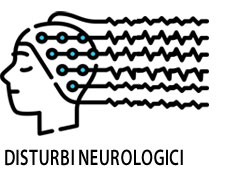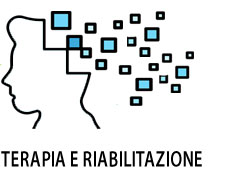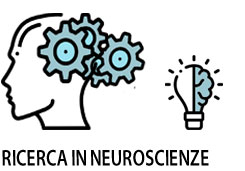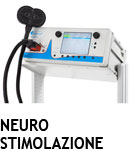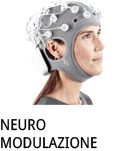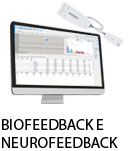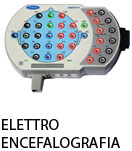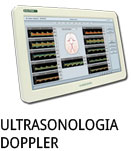- +39 011 5821948
- info@geasoluzioni.it
- Lun - Ven 8:00 - 17:00
Active versus resting neuro-navigated robotic transcranial magnetic stimulation motor mapping
- Abstract:
- Transcranial magnetic stimulation (TMS) motor mapping is a safe, non-invasive method that can be used to study corticomotor organization. Motor maps are typically acquired at rest, and comparisons to maps obtained during muscle activation have been both limited and contradictory. Understanding the relationship between functional activation of the corticomotor system as recorded by motor mapping is crucial for their use clinically and in research. The present study utilized robotic TMS paired with personalized neuro-navigation to examine the relationship between resting and active motor map measures and their relationship with motor performance. Twenty healthy right-handed participants underwent resting and active robotic TMS motor mapping of the first dorsal interosseous to 10% maximum voluntary contraction. Motor map parameters including map area, volume, and measures of map centrality were compared between techniques using paired sample tests of difference and Bland-Altman plots and analysis. Map area, volume, and hotspot magnitude were larger in the active motor maps, while map center of gravity and hotspot locations remained consistent between both maps. No associations were observed between motor maps and motor performance as measured by the Purdue Pegboard Test. Our findings support previous suggestions that maps scale with muscle contraction. Differences in mapping outcomes suggest rest and active motor maps may reflect functionally different corticomotor representations. Advanced analysis methods may better characterize the underlying neurophysiology of both types of motor mapping.
- Patologie/Applicazioni:
- Anno:
- 2022
- Tipo di pubblicazione:
- Articolo
- Parola chiave:
- corteccia motoria; TMS; procedure robotiche; Noninvasive brain stimulation; mapping
- Testata scientifica:
- Physiological Reports
- Nota:
- Studio sulle differenze del Mapping cerebrale dell’area motoria M1 a riposo e con “facilitazione” (post attivazione muscolare), attraverso la stimolazione magnetica transcranica (TMS) con braccio Robotizzato e Neuronavigatore. È il primo studio in cui il mapping viene eseguito impiegando una TMS robot-guidata, con il supporto del braccio robotizzato di Axilum Robotics, in grado di seguire e posizionarsi autonomamente e con precisione sulle coordinate calcolate dal neuronavigatore. In 20 soggetti sono state prelevate risposte motorie (MEP) da 144 punti cefalici disposti su una griglia 12 x 12 in prossimità dell’area motoria spaziati da pochi mm tra loro. È stato utilizzato un coil a farfalla con intensità di stimolazione del 120% della soglia motoria (MT) sia per i MEP a riposo che per quelli con facilitazione, questi ultimi prevedevano uno sforzo muscolare pari al 10% della massima contrazione volontaria (MCV). I risultati ottenuti indicano dimensioni, volumi e Hotspot più ampi nell’area motoria ricreata con facilitazione rispetto a quella misurata a riposo, indicando un coinvolgimento funzionale differente della rappresentazione corticale motoria. L’ausilio di un braccio robotizzato per futuri studi permetterà di ottenere dati più ripetibili e tempi operativi minori. Per approfondimenti consultare l’articolo completo.
- DOI:
- 10.14814/phy2.15346
Hits: 983
La nostra storia
GEA soluzioni si affaccia nel 2013 al mercato della strumentazione medicale di alto livello tecnologico ma la sua storia parte da più lontano, clicca qui per approfondire.
GEA SOLUZIONI SRL
via Spalato 72/A, Torino
Tel.: 011 5821948 / 011 4463853
Fax: 011 0433281
Email: info @ geasoluzioni.it
P. IVA IT11696920013
REA TO1233648

